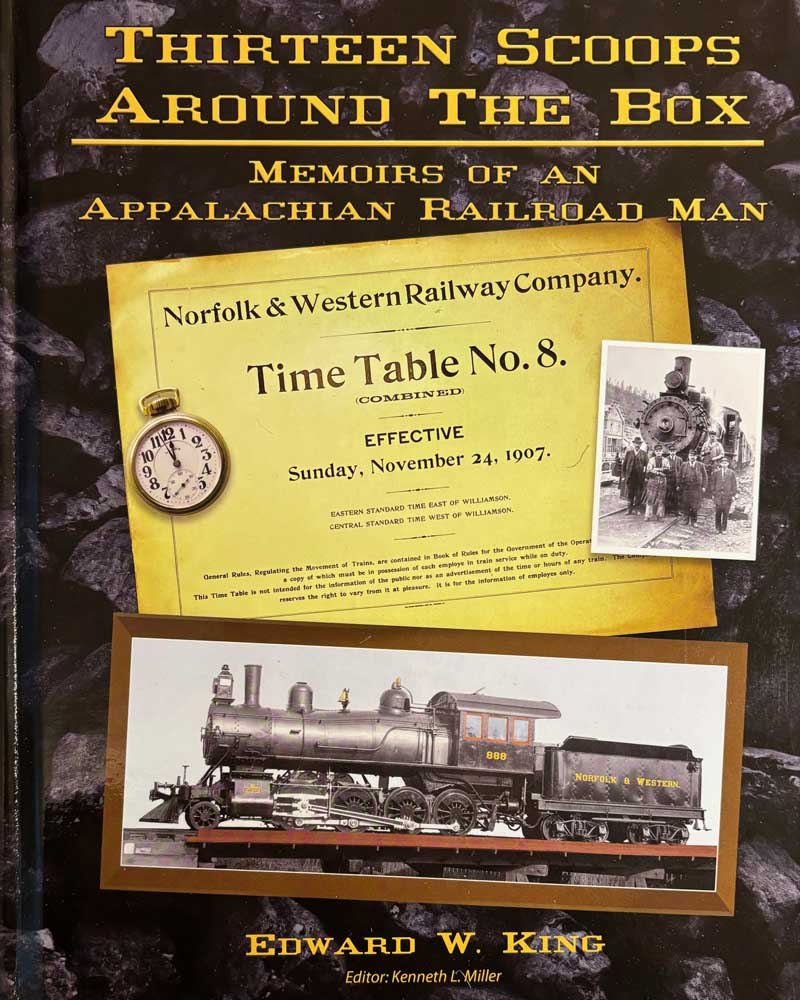
Rumors of the death of railroad fiction are greatly exaggerated. The veteran railroad journalist Fred Frailey made that clear a year ago with his “Seldom Willing,” an absorbing tale of an ambitious 1980s Midwestern regional railroad that outmaneuvered a far larger rival. When Fred told me his novel was coming out soon, I wasn’t sure […]
Read More…
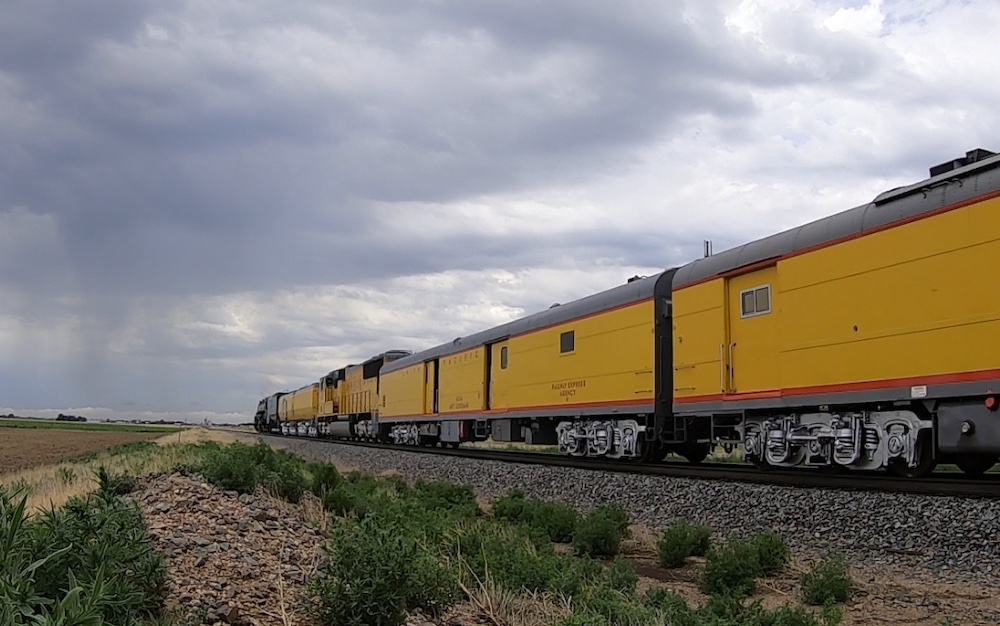
From short lines to the Class I railroads, chances are you’ll come across a mainline steam excursion with one or more non-passenger railcars near the front of the train (sometimes coupled directly behind the locomotive). They’re carrying, as the name implies, tools and more to support the steam locomotive when out on the road and […]
Read More…
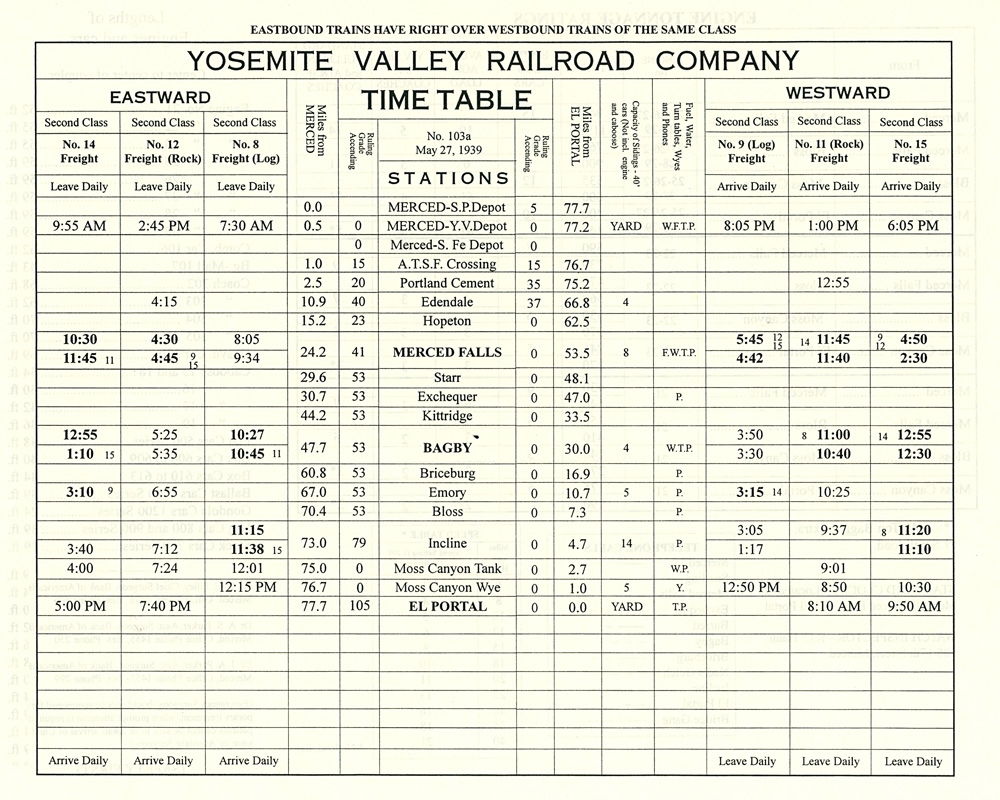
Q: Do you know of any software for producing a timetable for a model railroad? I would like to create a timetable that uses the same fonts and formats as prototype documents once used by the Milwaukee Road and Chicago & North Western. — Cully Kowal, Fond du Lac, Wis. A: Java Model Railroad Interface (JMRI), […]
Read More…
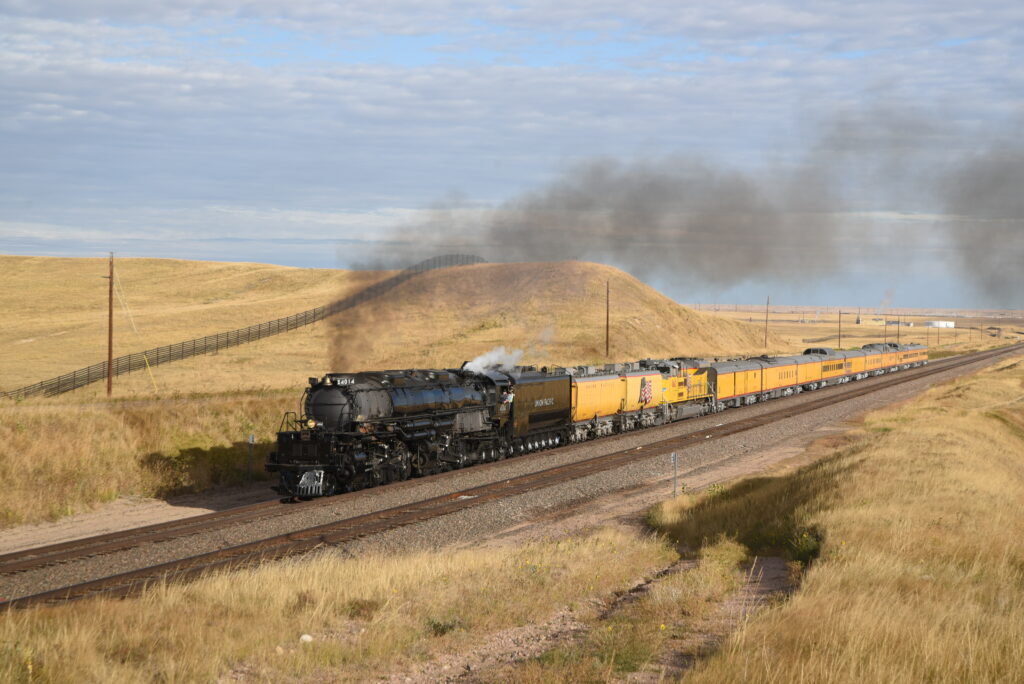
“Diesel Helpers” are two buzzwords associated with today’s mainline steam excursions – from short lines to Class I railroads, and even selected tourist railroads off the national network. The use of one, or lack thereof, differs between railroads, organizations, and their operating preferences. Some are comfortable letting the steam locomotive travel solo. Others would prefer […]
Read More…
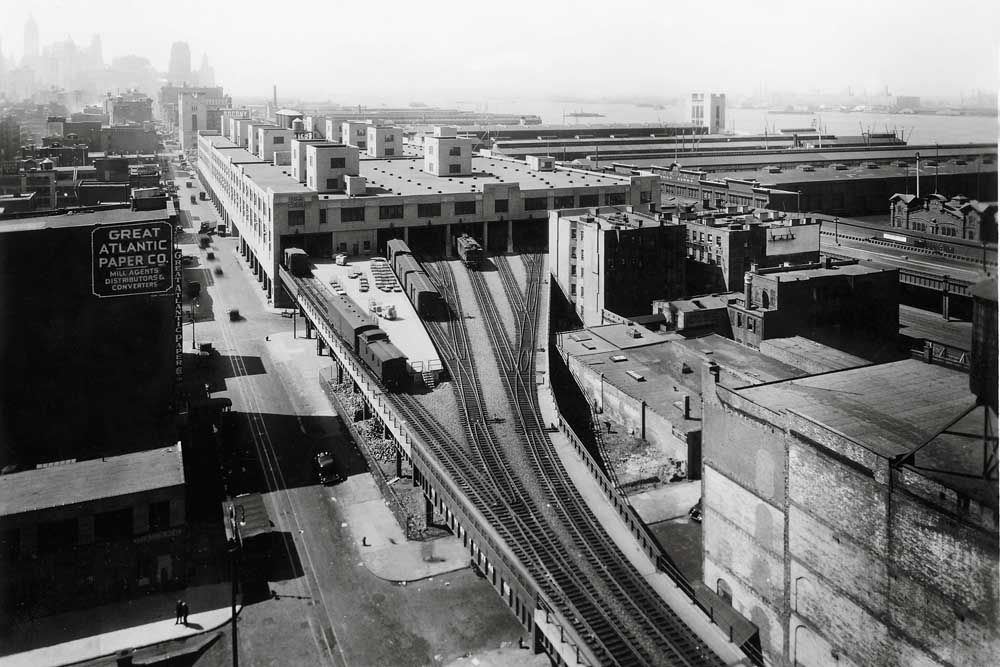
The New York City High Line a sight to behold on Manhattan’s West Side. It was born of a vast improvement program in the 1930s, which took West Side freight trains off city streets. The trains were then powered by electric traction north of 30th Street and behind diesel power south of 30th Street. […]
Read More…
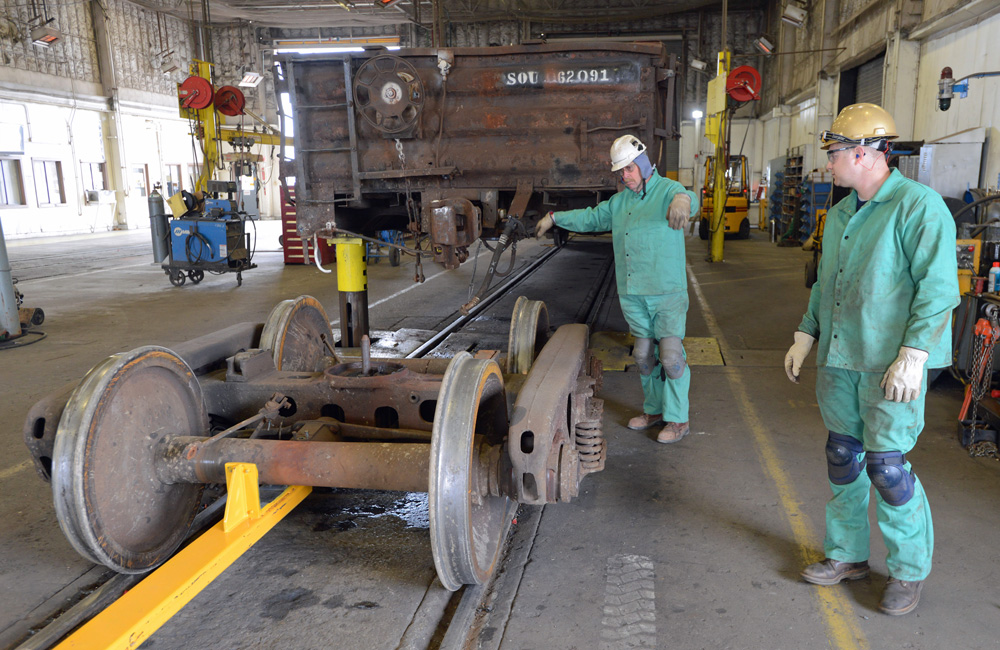
Q: Reading Jerry Dziedzic’s essay on “Turning waybills into dollar bills” (August 2023) made me realize that I don’t know anything about how prototype railroads handle the inspection and shopping of freight cars. Are cars sent in for inspection, paint, and maintenance at fixed times, or after a certain number of miles, or only when a […]
Read More…
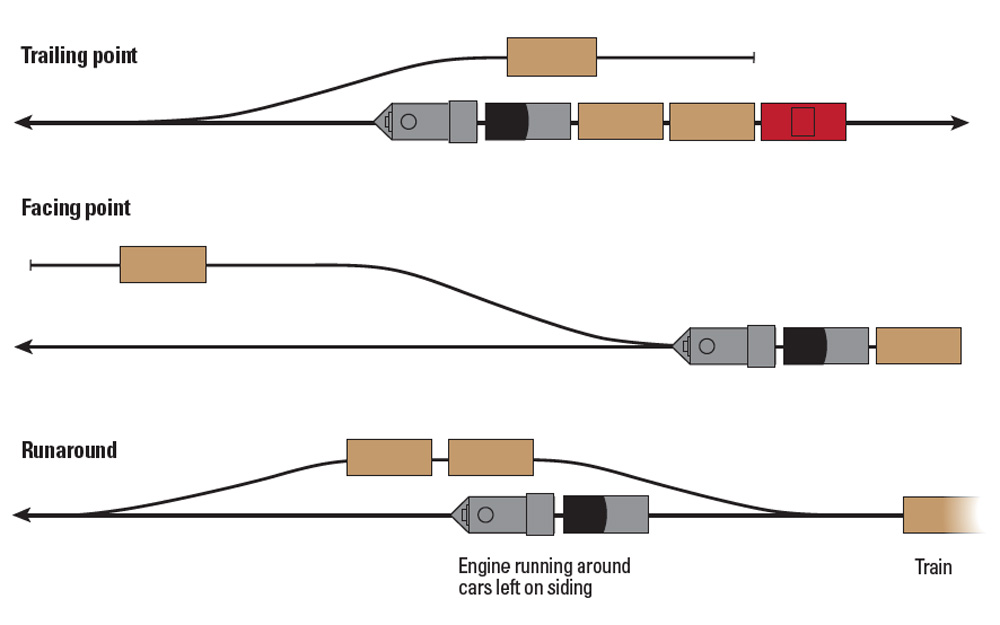
Q: I’m planning my first layout and I need to learn about train movements and switching a model railroad. Specifically, how are cars spotted on facing-point turnouts versus trailing ones? How do I plan for trains running in both directions? – Jesse Brinson A: For those who are new to switching a model railroad, let’s […]
Read More…
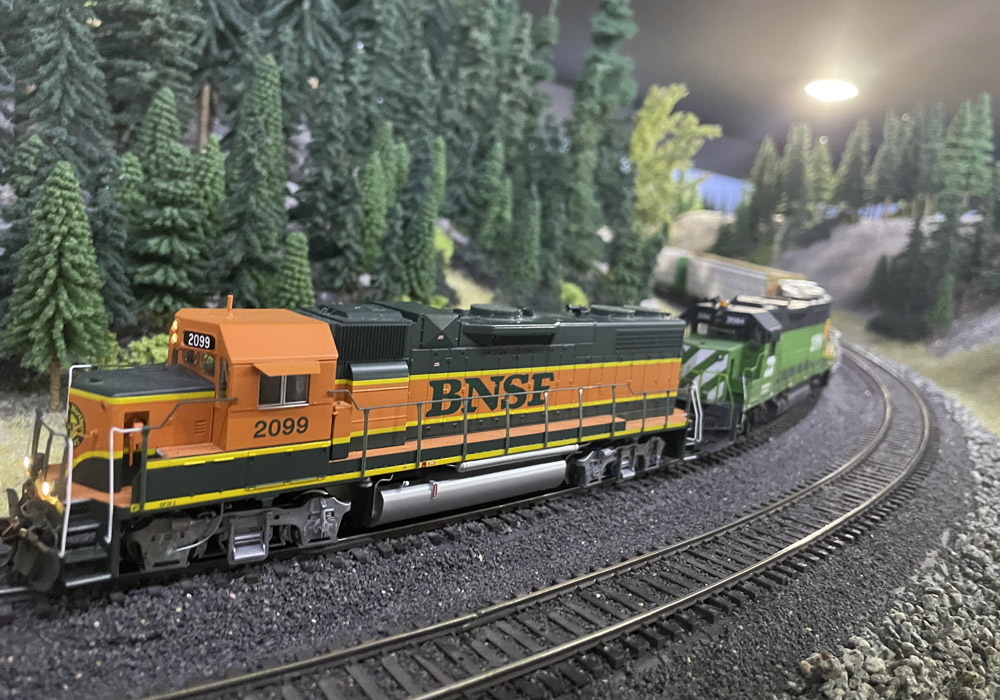
I have a confession to make: I’m an ops noob. I’ve been a model railroader for more than 30 years and have worked for Model Railroader magazine for 15. I edited Jerry Dziedzic’s “On Operation” column for years and Andy Sperandeo’s “The Operators” before that. And I know my way around a throttle. But a […]
Read More…
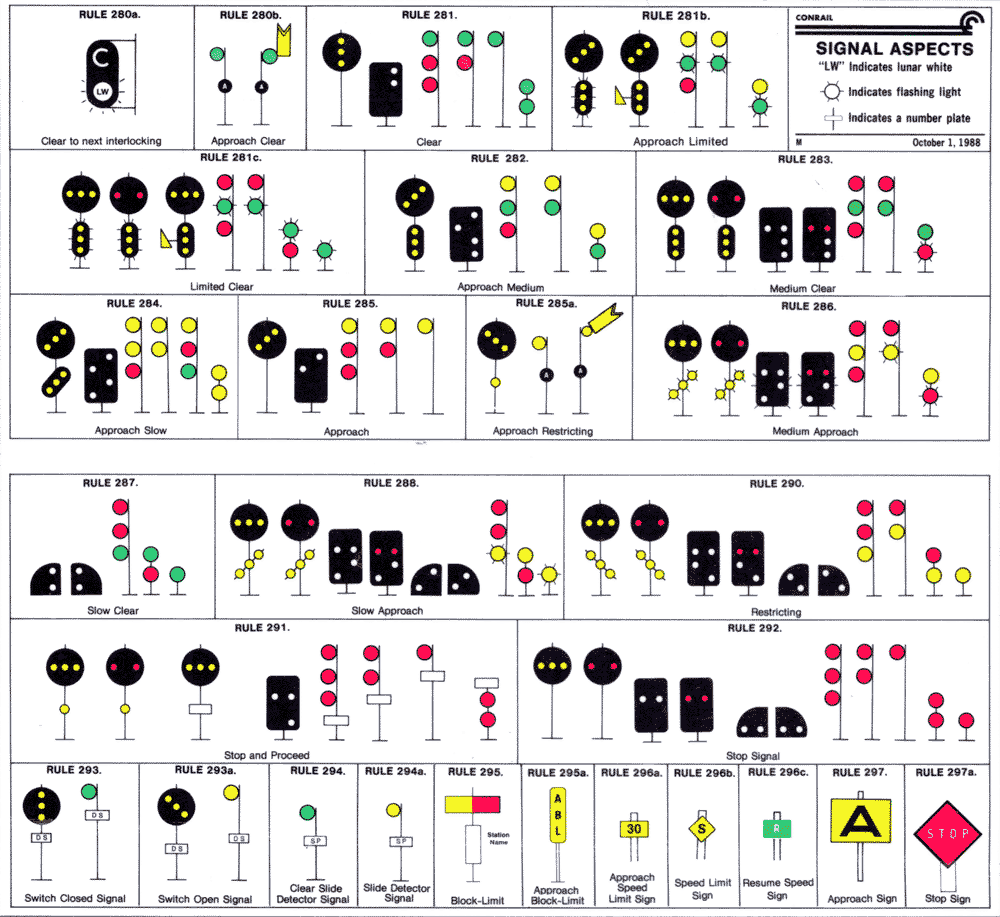
Admit it: Do you know what railroad signals mean? Do you panic when you shown up for an operating session at a strange layout and see it has working signals? Railroad signal aspects aren’t as simple as traffic lights. In addition to stop, caution, and go, railroad signals can mean stop and then go, keep […]
Read More…
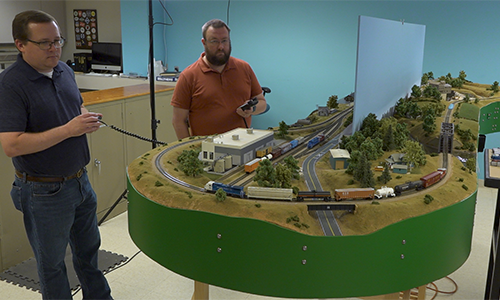
Operating the layout | In the previous Episode 25 (Car routing with JMRI OperationsPro), you saw the crew prepare the State Line Route N scale model railroad for an operating session. Now, host David Popp walks you through the prototypical actions as they transpire over the simple, yet engaging layout! Enjoying this coverage of our […]
Read More…
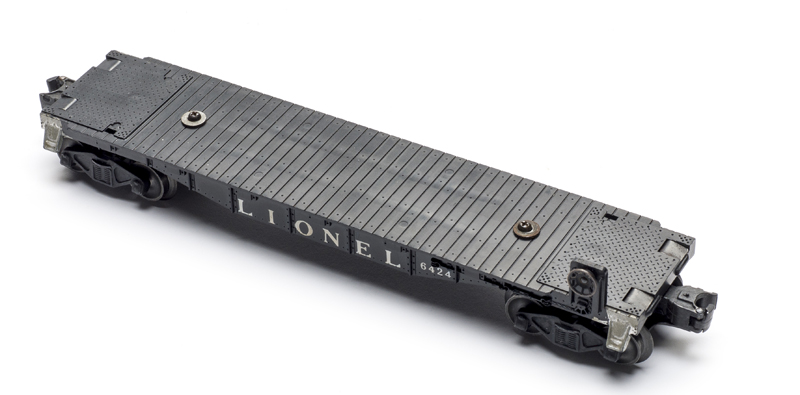
Consider how many things need to be moved on a railroad. Now think about how many of them are transported (or could be) on flatcars. Lionel’s postwar No. 6424 is really a no-brainer for Fleet Filler status. It comes in a number of iterations, plain or with racks affixed for the lading of various items. […]
Read More…

Do you know how to switch model railroad freight cars? Operations, once considered a quirky art practiced by few, has become commonplace on today’s model railroads. As interest in operations increases the need for “boomers” – operators, in other words – has also increased. Therefore you may find yourself pressed into service on a new […]
Read More…












